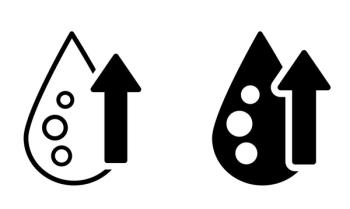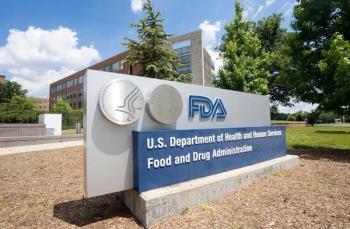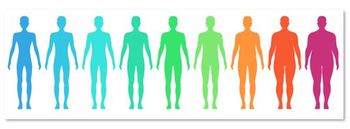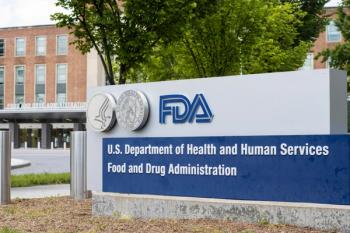
Practicing Medicine in the 21st Century
Remember the "good old days" (boy, do I feel old writing that) when all you had to do was practice clinical medicine and take care of patients? Certainly the fee-for-service/ solo practice era was simpler-but then you couldn't do nearly as much for patients as you can today.
Remember the "good old days" (boy, do I feel old writing that) when all you had to do was practice clinical medicine and take care of patients? Certainly the fee-for-service/ solo practice era was simpler-but then you couldn't do nearly as much for patients as you can today. I recall the disappointment that Dr Jeremiah Stamler and colleagues felt when the NIH-sponsored multicenter Coronary Drug Project clinical trial failed to identify any cholesterol-lowering agent that reduced morbidity and mortality, even among patients who had established coronary artery disease. Contrast those dashed hopes with last month's recommendation from the American Heart Association to give statins to children whose high-risk lipid abnormalities fail to respond to diet and exercise.1
This exciting ability to do so much more has been accompanied, of course, by an explosion in costs. And the many rules and regulations that have been created to try to contain those costs have exploded too, making medical practice much more challenging.
Young physicians just entering practice can be excused for feeling bewildered at the sheer complexity of the practice environment these days. Help, however, is at hand in Practicing Medicine in the 21st Century, a new softcover book by David B. Nash, MD, MBA, and colleagues from Jefferson Medical College, Philadelphia. This wide-ranging, yet highly specific book packs a wealth of information on the nonclinical side of medicine in its 414 pages.
More than 30 experts have contributed 21 chapters on such practical topics as joining or starting a medical practice; understanding the referral process; and documenting, coding, and billing-fundamental skills that young physicians need to develop quickly to survive.
As I read through the book, however, I was struck by its value to older health care professionals as well. Medical practice has become so multifaceted that it's virtually impossible to stay current with such diverse trends as pay for performance, electronic medical records (EMRs), and disease management. As the Chairman of Health Policy at Jefferson (and a long-standing member of the Editorial Board of CONSULTANT), Dr Nash is very knowledgeable about such topics and has successfully recruited experts to write about them.
Readers young and old will appreciate the structure of each chapter that begins with an executive summary and CME-like learning objectives and key words, allowing reading decisions to be made quickly. The presentations have been tightly edited to emphasize useful information, and short case studies are presented to show how concepts have been applied in real-world situations.
I was particularly impressed with the suggested readings and Web sites featured at the end of each chapter. Considerable care has been taken to identify valuable additional information. For instance, readers interested in EMRs are directed to specific sites that featured buyer's guides for EMR systems, "best of breed" reviews, and even a spreadsheet to help in the selection process.
Each chapter, then, is not an end, in and of itself. Rather, they seem like starting points, directing the readers who need to do further research on specific practical topics.
So, Practicing Medicine in the 21st Century is the kind of tool health care professionals will want to keep close at hand, ready to provide answers and directions for further investigation whenever those pesky nonclinical questions arise.
- Stephen K. Murata
Director of Web Content Development
References:
REFERENCE:1. McCrindle BW, Urbina EM, Dennison BA, et al. Drug therapy of high-risk lipid abnor-malities in children and adolescents. Circulation. 2007;Mar 21: [Epub ahead of print]. Available at:
Newsletter
Enhance your clinical practice with the Patient Care newsletter, offering the latest evidence-based guidelines, diagnostic insights, and treatment strategies for primary care physicians.



















































































































































































































































































